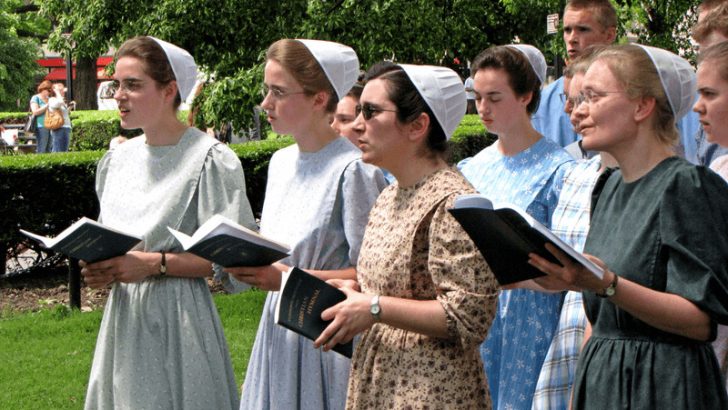The Amish lifestyle is often shrouded in mystery and misinterpretations. Many people rely on stereotypes or outdated information to form their opinions about the Amish community. As a result, misconceptions abound, leading to a skewed understanding of this unique way of life.
This blog aims to shed light on the most common myths people hold about the Amish. From their use of technology to their social interactions, we will explore the realities behind these misconceptions. Through this journey, readers will gain a clearer and more accurate perspective of what it truly means to live as Amish.
1. Amish and Technology
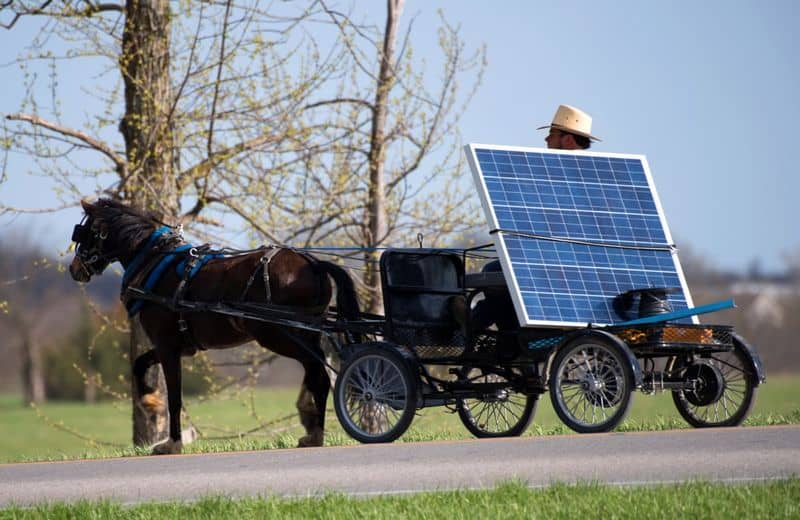
Many believe the Amish completely shun technology, but this is not entirely accurate. While they prioritize simplicity, some Amish groups use technology selectively. For instance, they may allow phones for business purposes, recognizing the necessity in modern commerce.
It’s common for the Amish to adapt technology in ways that align with their values. This means you’ll often find them using solar power or battery-operated tools. The approach is about maintaining community and family integrity, rather than outright rejection. Each community decides what technology to adopt, leading to varied practices.
2. Amish Education
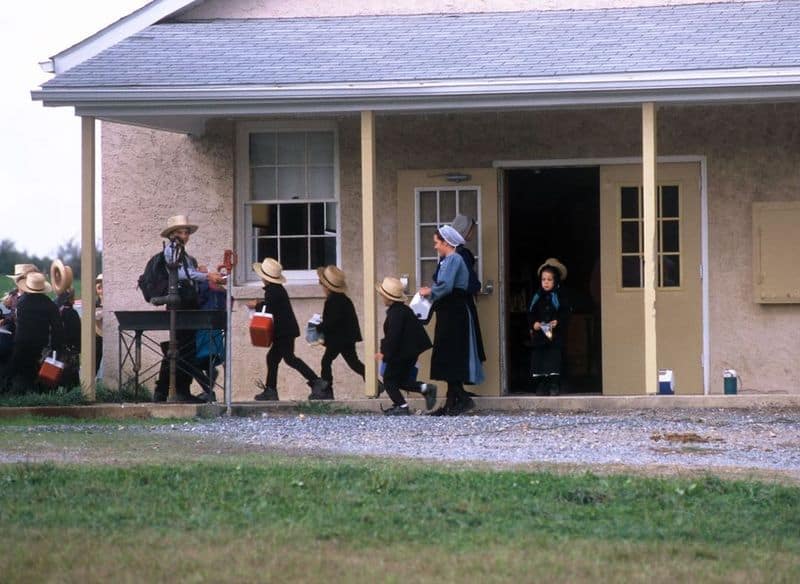
A common myth is that Amish children only receive minimal education. In reality, they attend school until the eighth grade, focusing on practical skills.
Their curriculum includes math, reading, writing, and languages, aimed at preparing them for community life. Education emphasizes values like cooperation and humility over competition.
While higher education is rare, many Amish engage in lifelong learning through community experiences and craftsmanship. This approach ensures they have the necessary skills to maintain their lifestyle and contribute effectively to their community.
3. Amish Dress Code
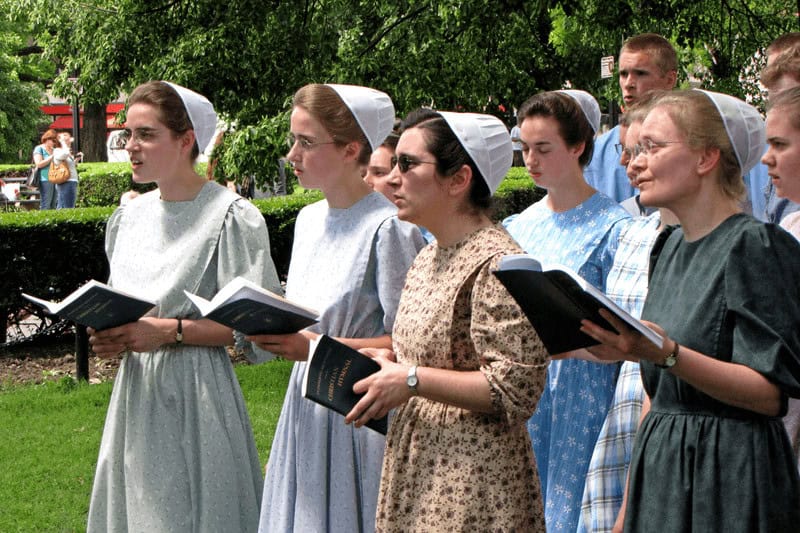
It’s often thought that all Amish dress identically, yet there are subtle variations. Clothing serves as a symbol of humility and separation from the world.
However, different Amish sects have their own dress codes, which can include colored shirts or specific bonnet styles. Adherence to tradition doesn’t mean stagnation; some communities allow slight modern adaptations.
Their clothing is typically homemade, reflecting both simplicity and practicality. The dress code signifies values of modesty and community identity, but it’s not as uniform as outsiders might think.
4. Amish Transportation
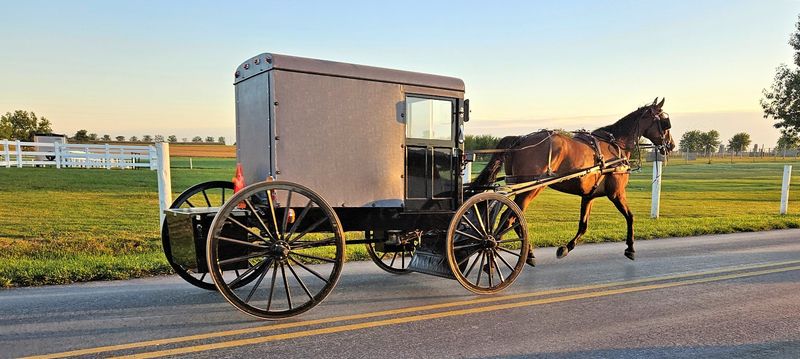
Many assume the Amish exclusively use horse-drawn buggies, but the reality is more nuanced. While buggies are a primary mode of transport, some Amish communities permit bicycles or scooters.
This choice reflects their desire to maintain a slower pace of life. Horses and buggies symbolize a connection to tradition and the land. However, when necessary, Amish individuals may hire drivers for longer trips.
The transportation method aligns with their values of simplicity and sustainability, ensuring they remain connected to their surroundings without completely isolating themselves.
5. Amish Community Life
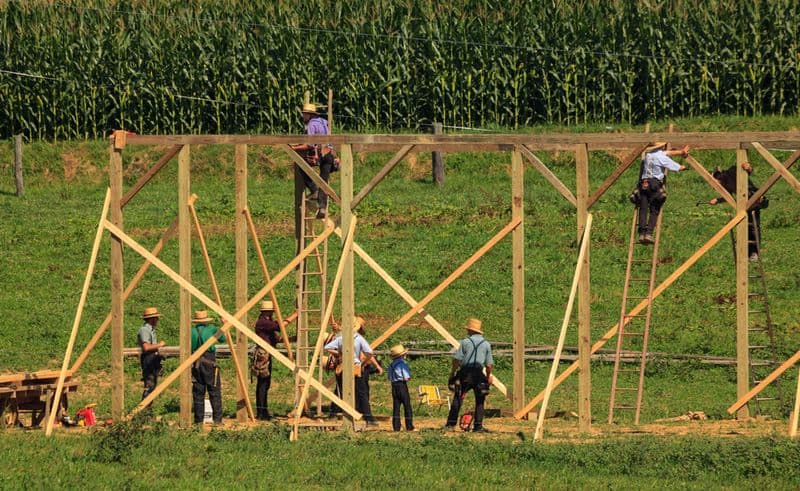
There’s a misconception that the Amish live isolated lives, cut off from society. In truth, they enjoy a vibrant community life rich in social interactions.
Events like barn raisings or quilting bees are communal activities that strengthen bonds. These gatherings reflect their values of cooperation and mutual aid.
While they maintain distance from mainstream culture, Amish communities are often tightly-knit, with a strong emphasis on family and neighborly support. These interactions ensure the continuity and resilience of their way of life, despite external pressures.
6. Amish Religious Practices

People often misunderstand Amish religious practices, thinking they are rigidly insular. While they do prioritize their faith, Amish worship reflects deep community ties.
Their services, held in homes or barns, are centered on simplicity and humility. The focus is on spiritual growth as a community rather than individual expression.
Amish religious life involves daily living, with values such as forgiveness and humility deeply ingrained. Their practices foster a sense of belonging and purpose, guiding their interactions both within and outside their communities.
7. Amish Business Practices
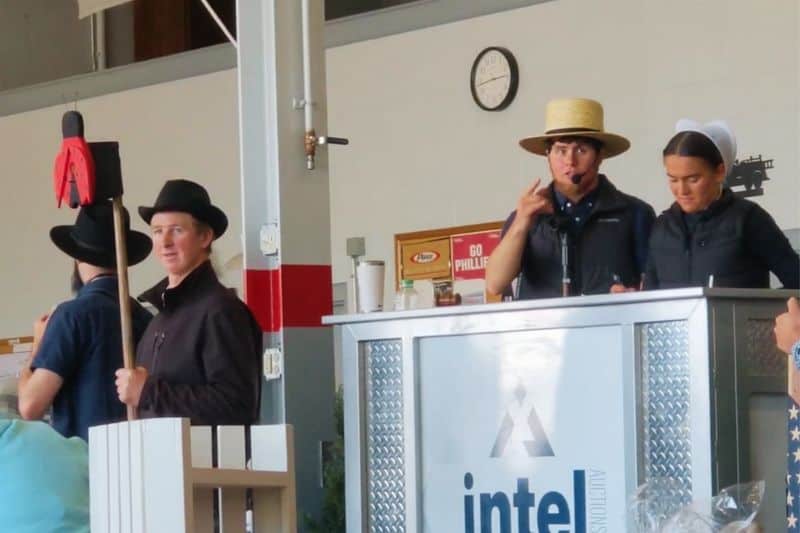
It’s often believed that Amish businesses are outdated, relying solely on traditional methods. While they emphasize craftsmanship, many integrate modern business practices.
Amish entrepreneurs often use technology like phones and websites to reach broader markets. However, these tools are used mindfully, ensuring they align with their values.
Their businesses, ranging from woodworking to baking, highlight quality and integrity. By combining tradition with selective modern practices, Amish businesses thrive in a competitive world, proving that modernization doesn’t mean abandoning core principles.
8. Amish Health Practices
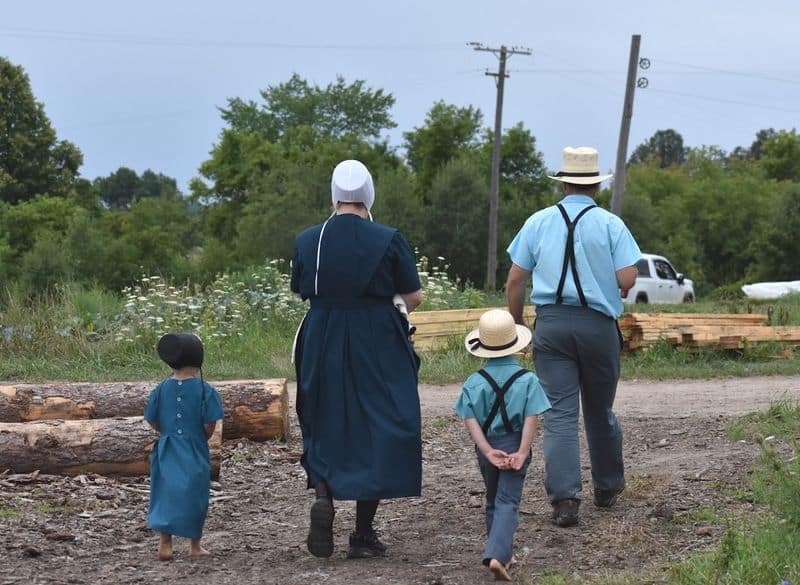
A myth persists that the Amish completely reject modern medicine. In reality, they utilize both traditional and modern healthcare practices.
Their approach to health is holistic, emphasizing natural remedies and prevention through a healthy lifestyle. However, they do seek professional medical help when necessary.
The Amish prioritize diet, exercise, and community support as foundational to well-being. This balanced approach allows them to maintain health without fully depending on modern medical systems, reflecting their values of self-reliance and stewardship of the body.
9. Amish and Modern Society
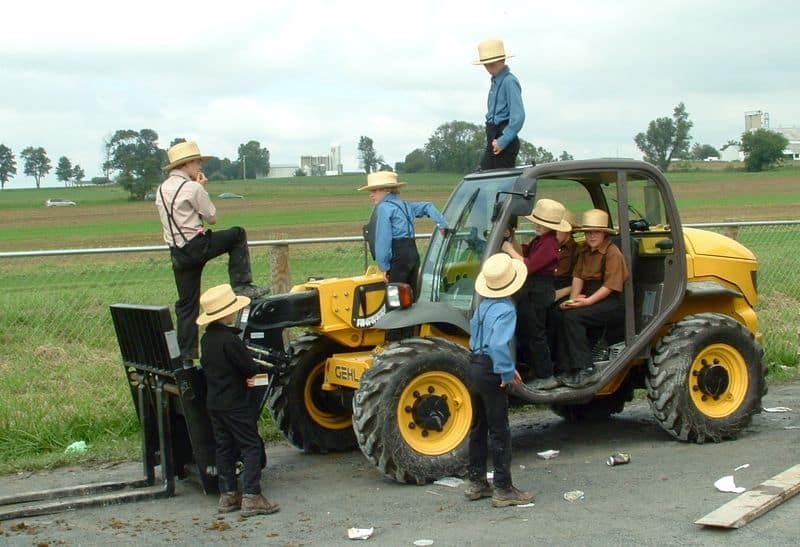
There’s a stereotype that the Amish are entirely detached from modern society. However, they do interact with the broader world, particularly through business and community service.
These interactions are based on necessity and practicality, allowing them to maintain economic independence while preserving their way of life.
Amish youth often experience “Rumspringa,” a time to explore the outside world before committing to the Amish way. This period fosters understanding and the voluntary nature of their commitment, showing that isolation is not as absolute as believed.
10. Amish Cooking and Food

Amish cooking is sometimes perceived as bland or outdated. However, it’s rich in tradition and flavor, focusing on fresh, homegrown ingredients.
Meals are often communal, reinforcing family and community ties. Dishes like shoofly pie and scrapple highlight their agricultural roots and resourcefulness.
The simplicity of Amish cuisine reflects their values, with an emphasis on sustainability and self-sufficiency. By utilizing seasonal produce and traditional recipes, they create dishes that are both nutritious and comforting, debunking the myth of monotony in Amish kitchens.
11. Amish Relationships and Marriage

People often think Amish marriages are arranged, but this is a misconception. Young Amish choose their partners, with relationships grounded in shared values and community approval.
Courtship is a private affair, focusing on compatibility and long-term commitment. Marriages are celebrated within the community, often involving large gatherings.
Family is central to Amish life, with relationships built on mutual respect and shared responsibilities. This approach to marriage ensures strong family units and community cohesion, countering the stereotype of rigid, predetermined unions.
12. Amish Media Consumption

A common misconception is that Amish are entirely cut off from media. While they limit exposure to align with their values, they aren’t completely disconnected.
They prioritize reading, with a strong tradition of storytelling and oral history. Books and newspapers are common, providing information without the distractions of electronic media.
This selective media consumption helps maintain their cultural values, ensuring the community remains informed yet focused on their way of life. By understanding their media interactions, we see a nuanced approach rather than a blanket rejection.

Well, hello there!
My name is Jennifer. Besides being an orthodontist, I am a mother to 3 playful boys. In this motherhood journey, I can say I will never know everything. That’s why I always strive to read a lot, and that’s why I started writing about all the smithereens I came across so that you can have everything in one place! Enjoy and stay positive; you’ve got this!

